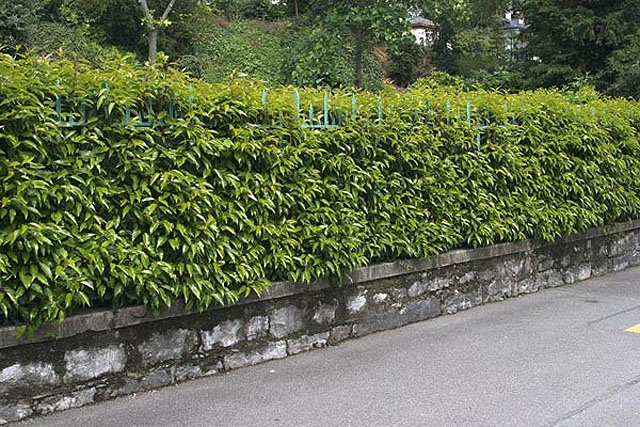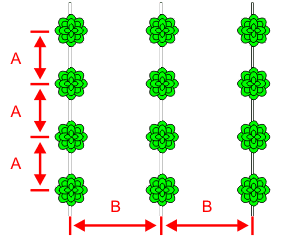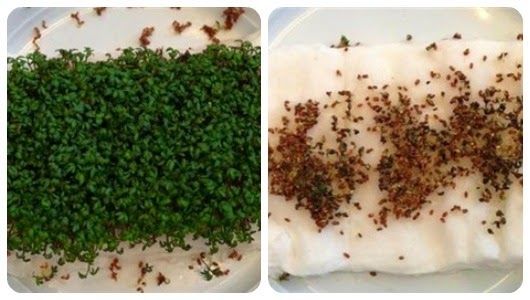In 1989, NASA and the Associated Landscape Contractors of America (ALCA), conducted a study to find plants that could filter and clean the air in the enclosed environment of space stations. The study was submitted by Dr. B.C. Wolverton, Anne Johnson, and Keith Bounds.
“Attached at the end of the article, you will find the original NASA study that contains the detailed measurements and effectiveness of each indoor plant.”
The conclusion of the study was that ordinary plants, which we can easily find at our neighborhood nursery store, can clean and filter the air in our homes and offices.
Modern homes and offices, in order to avoid heat loss in the winter and cold climate in the summer, are as sealed as possible,. This has the effect of preventing the circulation and renewal of the indoor air in the room. At the same time, many modern construction materials emit hazardous substances. The result is the so-called Sick Building Syndrome.
While it was already known that plants convert carbon dioxide into oxygen through photosynthesis, it also became known that they can remove hazardous substances such as trichloroethylene, benzene and formaldehyde from the atmosphere.
Formaldehyde is mainly found in building materials such as chipboard and insulating foams. Benzene is a common solvent found in paints and oil paints. Trichloroethylene is found in paints, adhesives and varnishes.
NASA and ALCA spent two years studying 19 indoor plants (houseplants).
Of these 19 plants, 17 are considered indoor plants (houseplants) and 2 daisy gerberas and chrysanthemums are used as seasonal ornamentals.
NASA and ALCA discovered that some plants are better than others for absorbing these chemicals.
The list of recommended plants
Heartleaf philodendron
(Philodendron scandens ‘oxycardium’)
Warning
Poisonous: Whole plant. Intense irritation of the mucous membrane, producing swelling of the tongue of the lips and palate.
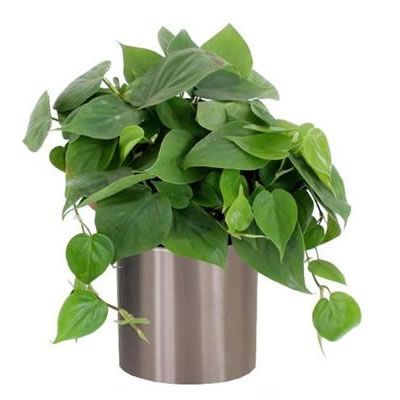
Philodendron domesticum
(elephant ear philodendron)

Dracaena
(Dracaena fragrans ‘Massangeana’, cornstalk dracaena)
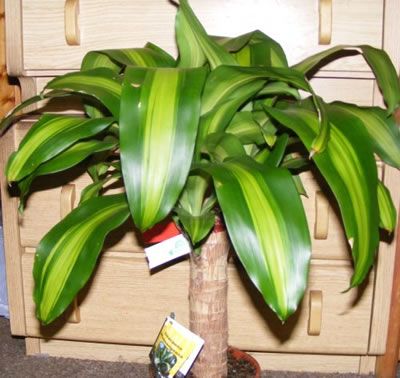
English ivy
(Hedera helix, English ivy)
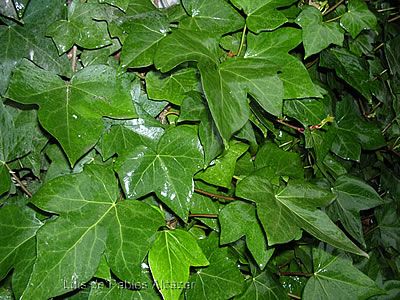
Spider plant
(Chlorophytum comosum, spider plant)

Drakaina “Janet Craig”
(Dracaena deremensis ‘Janet Craig’, Janet Craig dracaena)
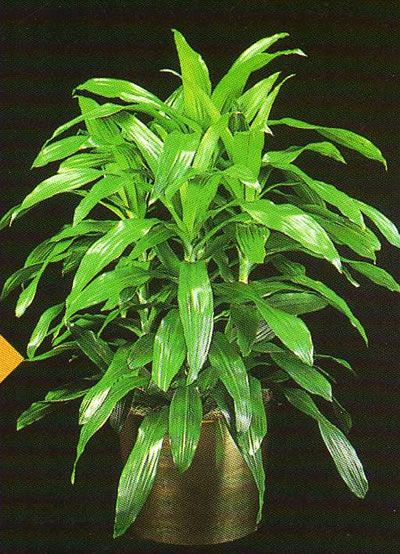
Dracaena ‘Warneckii’
(Dracaena deremensis ‘Warneckii’, Warneck dracaena)
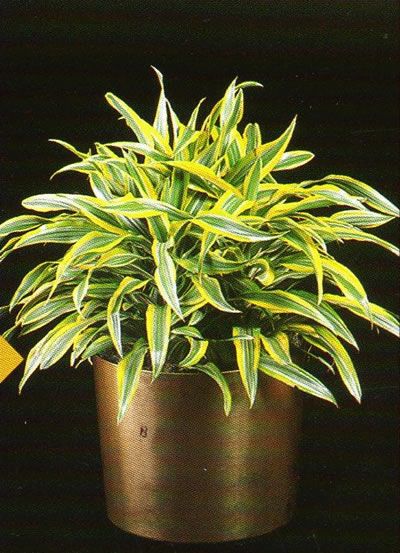
Ficus Benjamin
(Ficus benjamina, weeping fig)
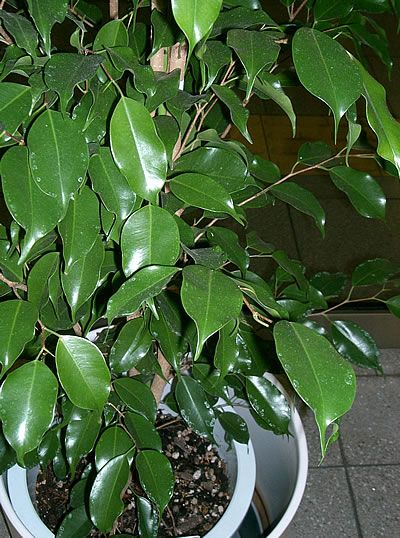
Devil’s ivy
(Scindapsus aures or Epipremnum aureum, golden pothos or Devil’s ivy)
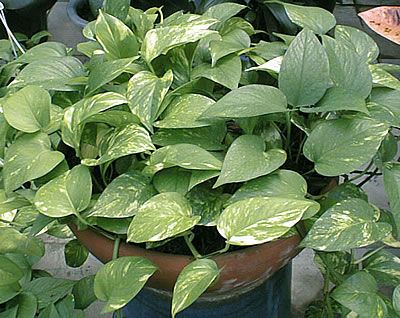
Peace lily
Spathiphyllum ‘Mauna Loa’, peace lily
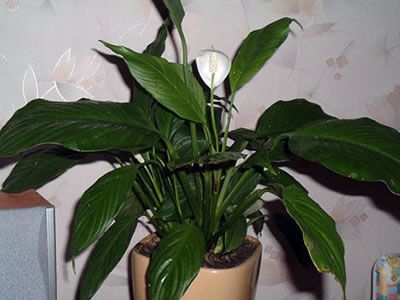
Tree philodendron
(Selloum philodendron (Philodendron bipinnatifidum, syn. Philodendron selloum))
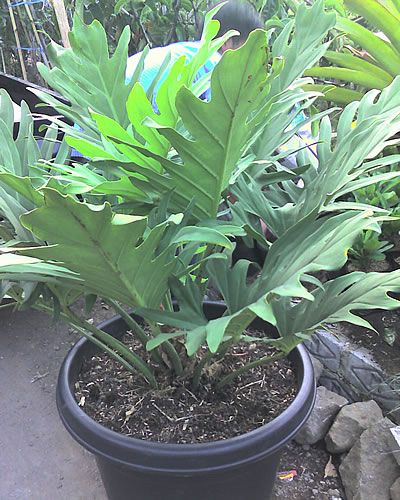
Aglaonema
(Aglaonema modestum, Chinese evergreen)
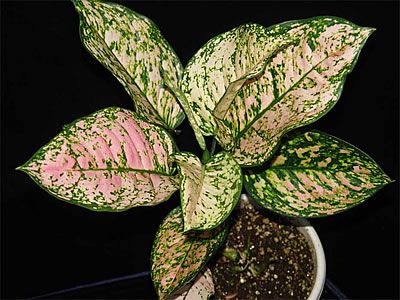
Reed palm
(Chamaedorea sefritzii, bamboo or reed palm)
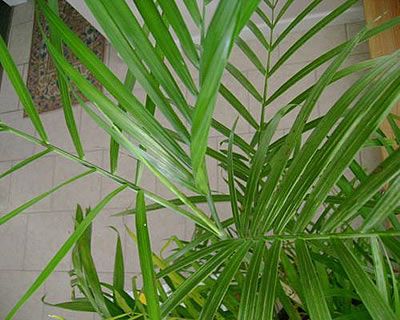
Sansevieria trifasciata
(Sansevieria trifasciata, snake plant)
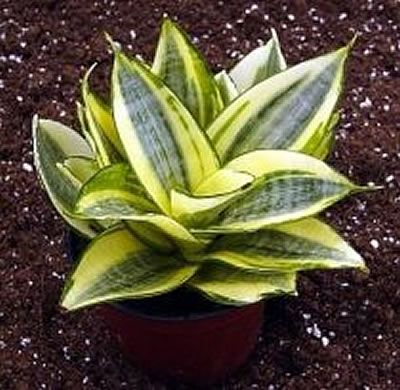
Red edge Dracaena
(Dracaena marginata, red-edged dracaena)
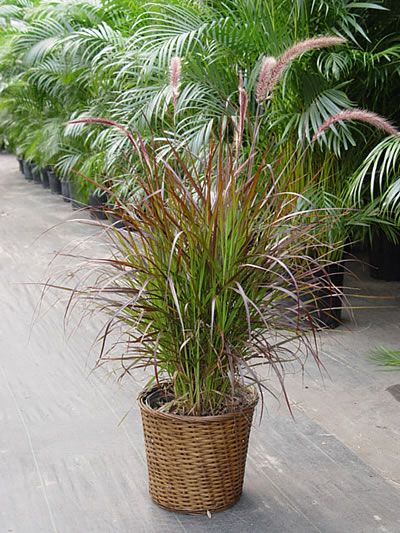
Chrysantheium morifolium
(Pot Mum or Florist’s Chrysanthemum (Chrysantheium morifolium))
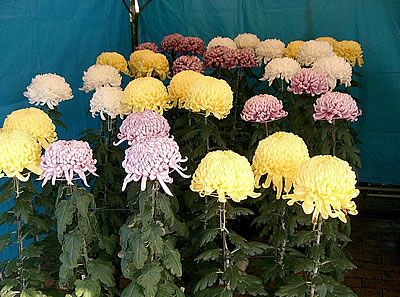
Barberton daisy
(Gerbera Daisy or Barberton daisy (Gerbera jamesonii))
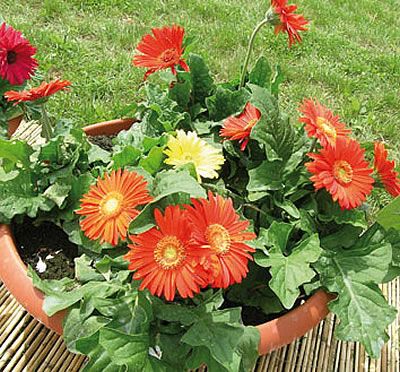
Rubber fig
(Rubber Plant (Ficus elastica))

Sources
NASA
www.nasa.gov
Top Houseplants for Improving Indoor Air Quality
www.cleanairgardening.com/houseplants.html
Top 15 NASA’s Plants That Can Save Your Life – The best way of getting rid of indoor air toxins – Softpedia
news.softpedia.com/news/Top-15-NASA-039-s-Plants-That-Can-Save-Your-Life-78345.shtml
Debunked: Despite NASA Clean Air Study Claims, Houseplants Don’t Effectively Purify Air
https://www.cleanairgardening.com/do-houseplants-clean-air/
Tags: INDOOR PLANTS • NASA • PLANTS • SICK HOUSE


